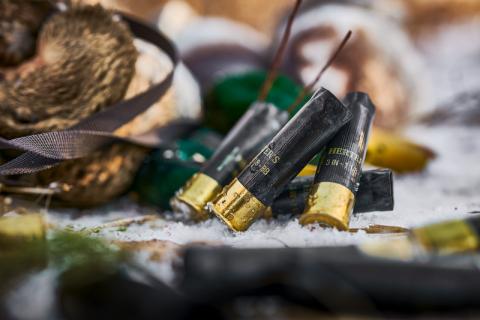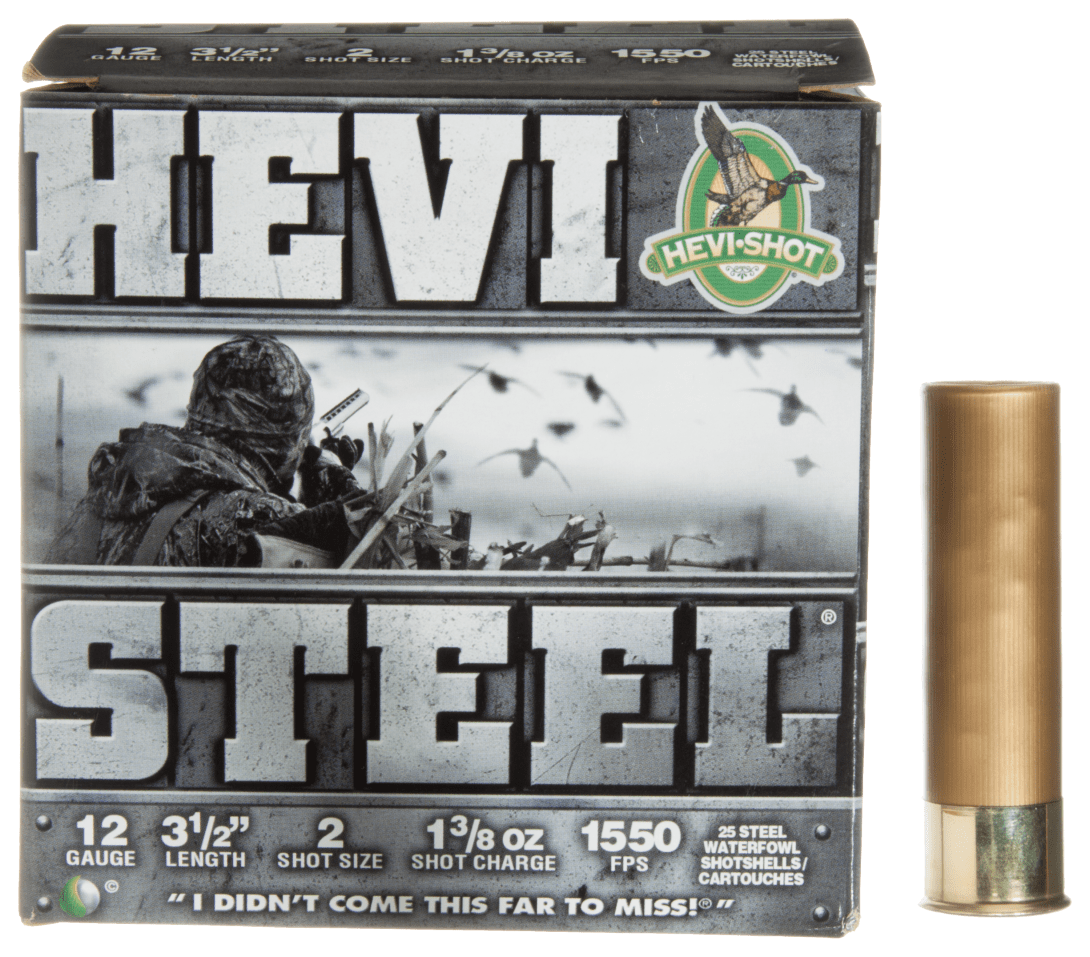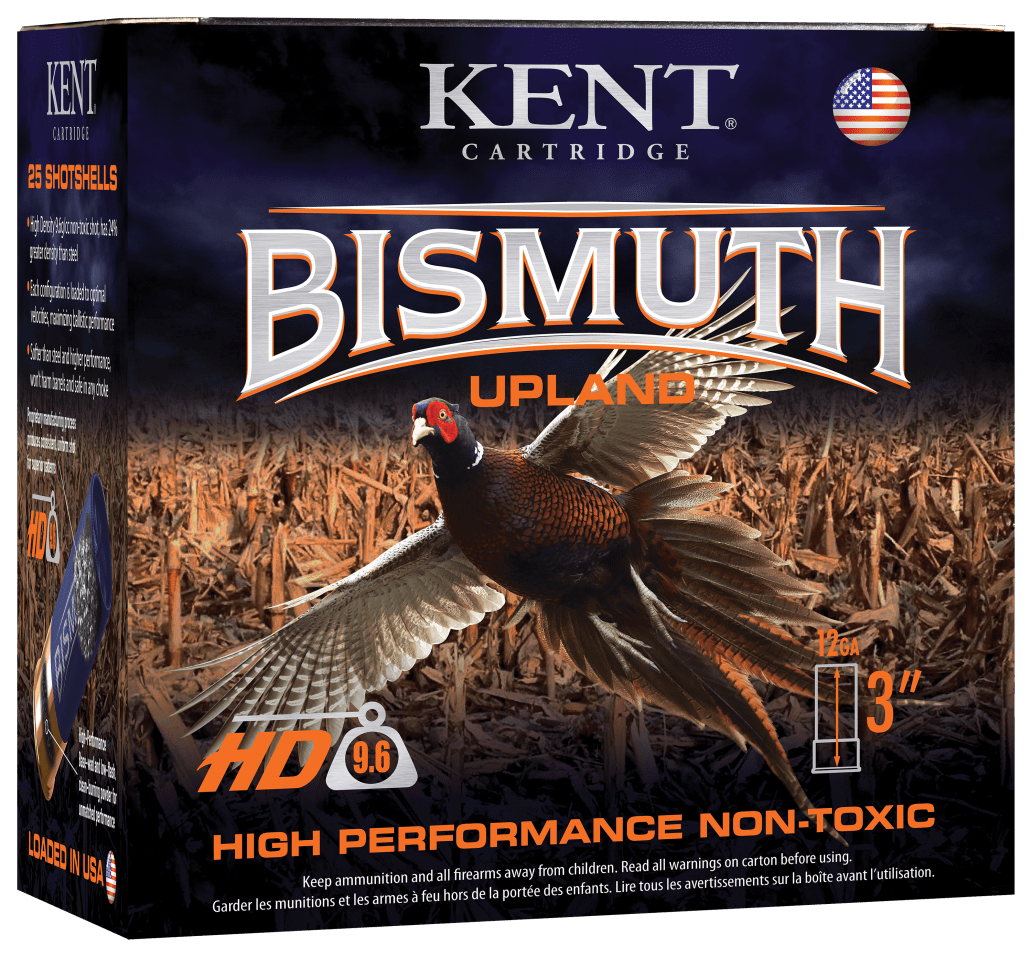
Waterfowl hunting is a challenging and exhilarating activity that requires precision, patience, and the right equipment. Among the essential gear for a successful hunt, the shotshell plays a pivotal role. Selecting the right shotshell can significantly impact your hunting experience and success rate. Let’s dive into the intricacies of waterfowl shotshells and help you make an informed decision when selecting the best shotshells for your next waterfowl hunting adventure.
Understanding Shotshell Components
A shotshell consists of several key components, each playing a critical role in its performance. These components include the hull, primer, powder, wad, and shot.
- Hull: The hull is the outer casing of the shotshell, typically made of plastic with a brass base. It holds all the components together and ensures that the shotshell can be safely fired from a shotgun.
- Primer: Located at the base of the hull, the primer ignites the gunpowder when struck by the firing pin. This ignition creates the necessary pressure to propel the shot out of the barrel.
- Powder: The gunpowder, or propellant, burns rapidly when ignited, generating gas that builds up pressure and forces the shot through the barrel.
- Wad: The wad is a plastic or fiber component that separates the powder from the shot and helps to seal the gases behind the shot, ensuring consistent performance. It also acts as a cushion to protect the shot from deformation.
- Shot: The shot consists of multiple small pellets, usually made of steel, bismuth, or tungsten, which spread out upon exiting the barrel to create a pattern capable of hitting moving targets.
Types of Shot Material
The material of the shot is one of the most critical factors in a waterfowl shotshell, as it affects both the performance and legality of the ammunition. Traditional lead shot is banned for waterfowl hunting in many areas due to its toxicity to wildlife. Hunters now have several non-toxic alternatives:
HEVI-Shot HEVI-Steel Shotshells
HEVI-Steel® shotgun shells from HEVI-Shot® use an innovated custom wad cup that keeps patterns tight to ensure maximum pellets strike your target. HEVI-Shot's custom blended powders drive pellets at maximum speed to penetrate deep for quick kills. To ensure reliable ignition under adverse waterfowl hunting conditions, HEVI-Steel shotgun shells have all-weather primers.
Shop Now- Steel Shot: The most common non-toxic alternative, steel shot is affordable and widely available. It is lighter and harder than lead, which can affect its ballistic performance. Hunters often need to use larger shot sizes to compensate for the lower density.
- Bismuth Shot: Bismuth shot offers a higher density than steel, closer to that of lead, providing better energy retention and lethality. It is also softer than steel, reducing the risk of barrel damage.
- Tungsten Shot: Tungsten-based shot, including tungsten-iron, tungsten-polymer, and tungsten-matrix, is the densest and most expensive option. Its superior density results in excellent downrange performance and lethality, even at longer distances.
Kent Bismuth Upland Non-Toxic Shotshells
Kent® Bismuth® Upland Non-Toxic Shotshells provide optimal performance for wing shooting or small game hunting where non-toxic shot is required or preferred. Bismuth shot has 24% greater density than steel, which results in superior retained energy and penetration at longer ranges than steel. Bismuth is also softer than steel, minimizing the wear on shotgun bores caused by steel's abrasive hardness. Kent's advanced manufacturing techniques produce bismuth pellets of superior integrity and ballistic capability for consistently tight patterns.
Shop NowHerter's Turkey TSS Shotshells
Herter's® TSS Shotgun Shells are designed using premium materials to offer long-range performance. The heavy weight of TSS (Tungsten Super Shot) is leveraged to use smaller pellet sizes than lead, bismuth, or steel, delivering denser patterns downrange while increasing penetration and energy on target. TSS includes a buffered payload that improves consistency in patterning, as well as flow of shot through tighter chokes.
Shop NowShot Sizes and Their Application
Shot size refers to the diameter of the individual pellets, with smaller numbers indicating larger pellets. The choice of shot size depends on the type of waterfowl being hunted and the expected shooting range.
- #BB, #1, #2 Shot: These larger shot sizes are ideal for larger waterfowl such as geese and swans. They provide the necessary energy to penetrate the thick feathers and tough skin of these birds.
- #3, #4 Shot: These medium shot sizes are suitable for a variety of ducks, including mallards, pintails, and canvasbacks. They offer a good balance between pellet count and energy.
- #5, #6 Shot: Smaller shot sizes are best for smaller ducks like teal and wood ducks. They provide a higher pellet count, increasing the chances of hitting these more agile birds.
Shotshell Length and Gauge
The length and gauge of a shotshell are also crucial considerations for waterfowl hunting.
Length
Shotshell length, measured in inches, determines the amount of gunpowder and shot it can hold. Common lengths for waterfowl shotshells are 2¾ inches, 3 inches, and 3½ inches. Longer shells generally contain more shot and powder, resulting in increased range and power. However, they also produce more recoil.
- 2¾-Inch Shells: These are suitable for general waterfowl hunting, especially for smaller ducks and closer ranges. They offer manageable recoil and are widely available.
- 3-Inch Shells: These provide a good middle ground with increased shot capacity and range, making them versatile for a variety of waterfowl species and hunting scenarios.
- 3½-Inch Shells: These are the powerhouse of waterfowl shotshells, offering maximum shot capacity and range. They are ideal for hunting larger birds like geese at longer distances but come with significantly increased recoil.
Gauge
The gauge of a shotgun refers to the diameter of its bore, with common gauges for waterfowl hunting being 12-gauge and 20-gauge. The 12-gauge is the most popular choice due to its versatility and availability of a wide range of ammunition. It offers a good balance of power and recoil, making it suitable for both large and small waterfowl. The 20-gauge is lighter and has less recoil, which can be advantageous for younger or smaller hunters, but it may require more precise shot placement due to its reduced power compared to the 12-gauge.
Choosing the Right Shotshell for Your Hunting Situation
When selecting the right shotshell for waterfowl hunting, consider the following factors:
- Species of Waterfowl: Identify the primary species you will be targeting. Larger birds like geese require larger shot sizes and more powerful shells, while smaller ducks can be effectively hunted with smaller shot sizes and shorter shells.
- Hunting Environment: Consider the typical shooting distances in your hunting area. Open water and fields might require longer-range shots, necessitating more powerful shells, while hunting in marshes and flooded timber may involve closer shots where shorter shells suffice.
- Shotgun Compatibility: Ensure that your shotgun is compatible with the gauge and length of the shotshells you plan to use. Not all shotguns are designed to handle the increased pressure of 3-inch or 3½-inch shells.
- Personal Tolerance for Recoil: Heavier and longer shells produce more recoil. If you are sensitive to recoil or plan to shoot frequently, you might prefer shorter shells or a 20-gauge shotgun.
Patterning Your Shotgun
Patterning your shotgun is a crucial step to ensure your shotshells perform as expected. This involves shooting at a target from various distances to observe how the shot spreads and ensures it is delivering a dense and even pattern.
- Set up a Patterning Board: Use a large sheet of paper or cardboard at a known distance (e.g., 30 yards).
- Mark a Target: Draw a circle or place a target at the center of the board.
- Fire a Shot: Aim at the target center and fire a shot, then observe the shot distribution.
- Evaluate the Pattern: Look for evenly distributed shot with no large gaps. Adjust your choice of shotshell or choke if necessary to achieve the desired pattern.
Selecting the right waterfowl shotshell is essential for a successful and ethical hunt. By understanding the components, materials, sizes, and lengths of shotshells, you can make informed decisions that enhance your hunting experience. Remember to consider the species you are targeting, the hunting environment, and your shotgun's compatibility. Finally, always pattern your shotgun to ensure optimal performance in the field. With the right shotshells, you can improve your accuracy, increase your success rate, and enjoy the thrilling pursuit of waterfowl hunting.
- 3119 views




